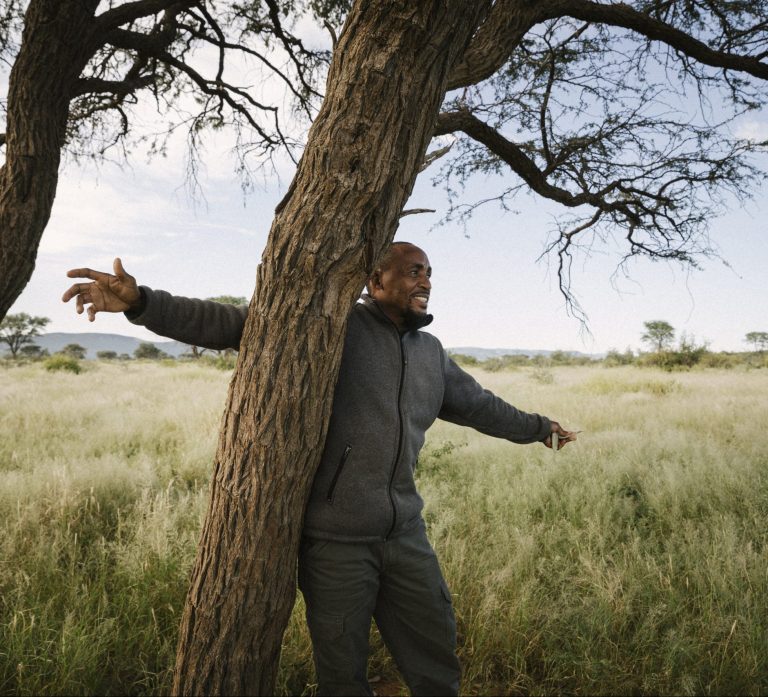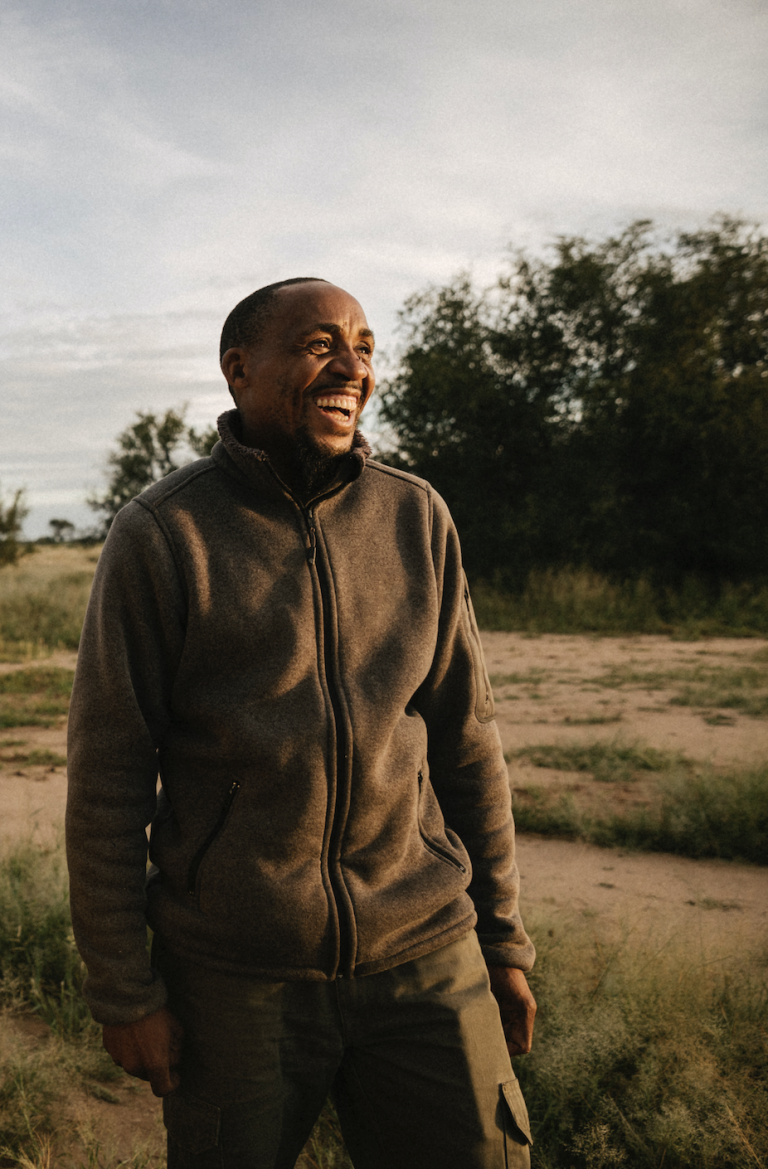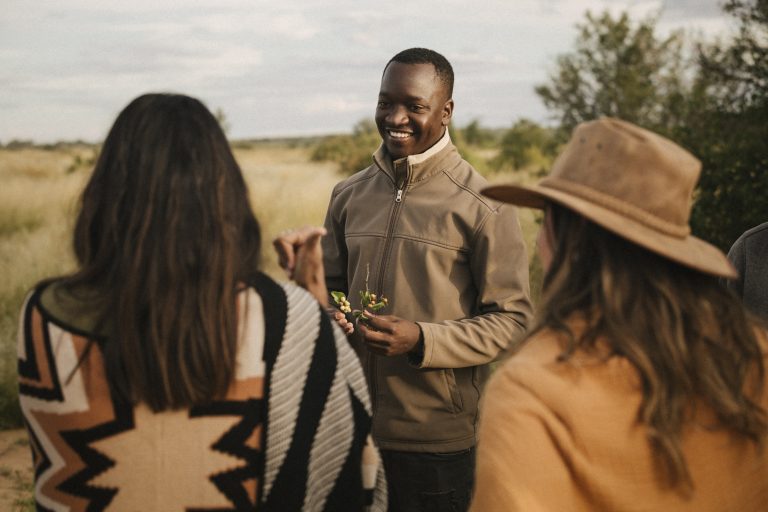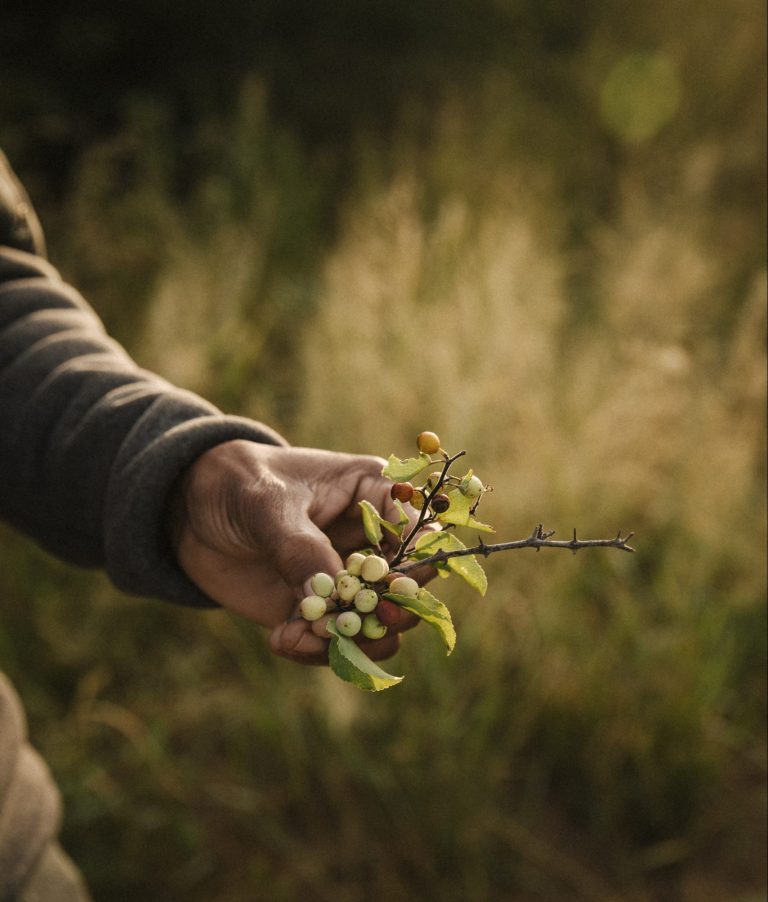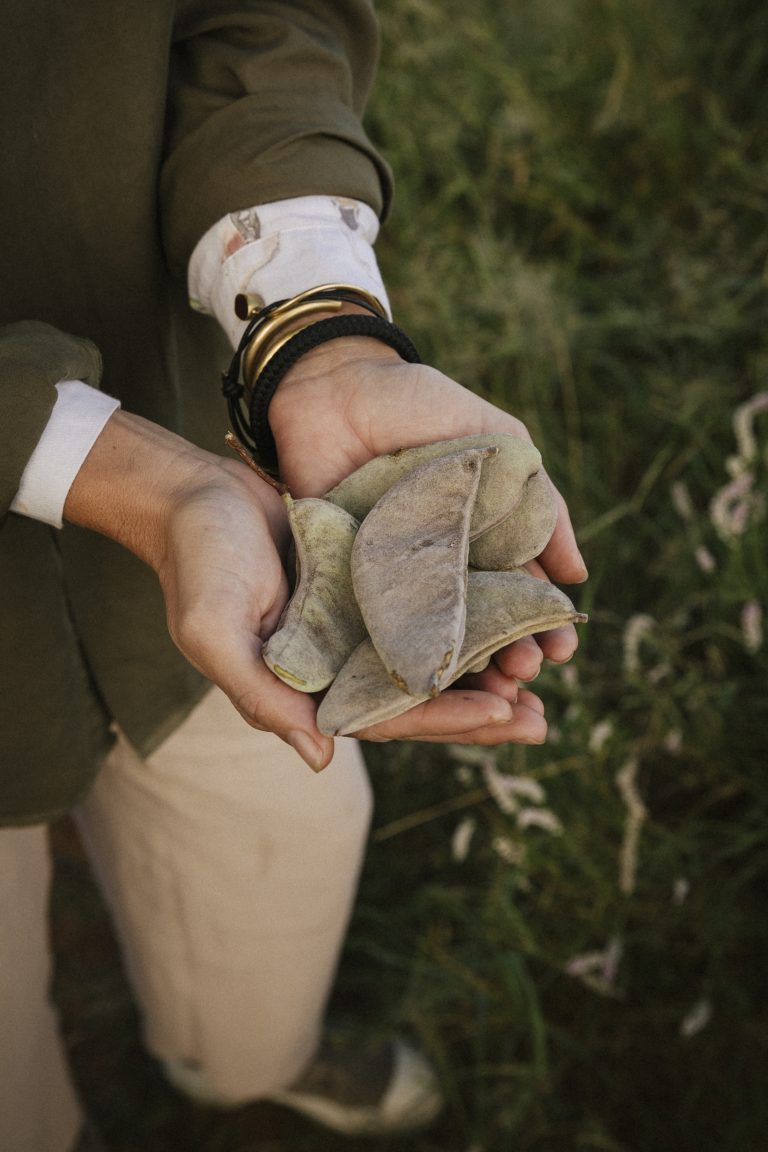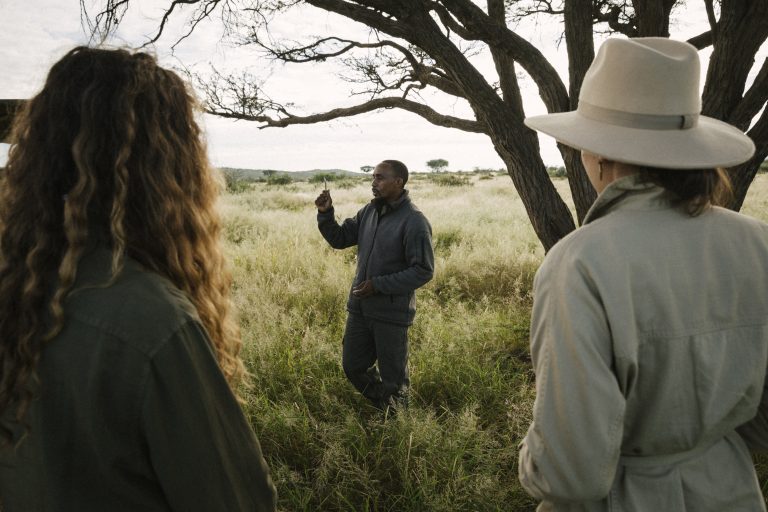For centuries, indigenous cultures around the world have turned to nature to treat a myriad of ailments. In a country whose earliest inhabitants trace back over 20,000 years, the San, or bushmen of Namibia are no exception. “For me, nature is my hospital. Nature is my school and nature is my home,” says Paulus, whose tribe hails from the northeast Bwabwata region of Namibia and is a vital member of the Habitas Namibia family. With generations of generations worth of knowledge passed down from his ancestors, Paulus takes us on a journey into the bush to learn about the plants and the various roles they play from sacred ceremonies to medicinal purposes.
“Everything I learned, I have learned from my father. In our culture, when a man is still young, he helps out the mother first. Then, when I was about 9 or 10 years old I started going to shadow my father in the bush and absorb my surroundings. Differentiating between animal tracks, how to construct a bow and an arrow and which tree offers the best branches for it; and of course which plants served for what. I have always been drawn to nature, the flora and fauna especially.” says Paulus. As the cold morning air brushes against my face, I take a moment to smell the dewy, fresh, and herbaceous air of the bush. The heavy rains from the night before making every step a symphony for the senses.
As we carefully step out of the car I realize a pair of curious eyes in the watering hole nearby. “Sunrise is a very special time of the day in the bush. The sounds of the bush are the best teachers of stillness,” says Paulus as he notices our concern for our new neighbor nearby. His warm smile puts everyone at ease; “Just as I said before, nature is my home, this is his home too. While hippos are certainly aggressive and considered one of the most dangerous animals, he’s not here to bother anyone, there is no need to be scared as long as one respects one another,” says Paulus as we approach what looks like the first lesson of the day- Namibia’s beloved Camel thorn tree.
Aside from providing excellent shade, the tree bears bright yellow flowers, that leave a lingering sweet scent. The distinctive bark has many medicinal uses Paulus points out, “The inner bark can be ground up, powdered, and drunk as a tea to treat bronchial issues. The gums can also be boiled and massaged on the lymph glands to treat an infection. The pods are collected and can be used to feed livestock because of their high nutritional value. They can also be used with coffee, the very beans served at Habitas have been ground with Camel Thorn pods. Last but not least, the pods can also be used as a musical instrument, as a makeshift rattle to quiet a fussy baby, or as nature’s maracas!” With its large stature, the tree also provides refuge from lightning, enemies and wild animals. “When I say nature is my home, I mean quite literally. We have always been nomadic people and the camelthorn provides excellent shelter; especially during hot summer months.”
As we continue on our walk we stop across the infamous Devil’s Claw, one of Namibia’s most famous plants, traditionally known as a cure-all treatment for chest pains, fatigue, digestive disorders and fever. The infusion or tea-like substance is even taken by pregnant women up until the seventh month to serve as nature’s “prenatal ” so to speak. “We have been using it to treat arthritis and inflammation for centuries. Only in the last 50 years has the Western world realized its powers” says Paulus with a slight smirk. As we continue we come across what I assume is a guava-looking fruit. “This is a monkey orange fruit,” says Paulus as he cracks one open. “When it is ripe it is a delicious but messy treat. More importantly, the seeds, roots and leaves are vital for medicinal purposes. The bark and unripe fruit are used to treat deadly snake bites like the mamba. Its healing properties act as a powerful stimulant for the nervous system and can fight the respiratory depression caused by snake venom. Every part of the plant serves a purpose,” says Paulus as we all look on in awe.
As I take a moment to appreciate my surroundings and feel my lungs expand, I take in the purest air the Namibian Savannah has to offer. Modern living can be exhausting – the need for having a pill to fix this and a therapist to fix that can be worse than the rat race itself. It was so refreshing to disconnect from it all and realize sometimes the answers to everything from health to school to shelter can be as simple as Paulus said, found in nature.
Photography by: Kleinjan Groenvald
